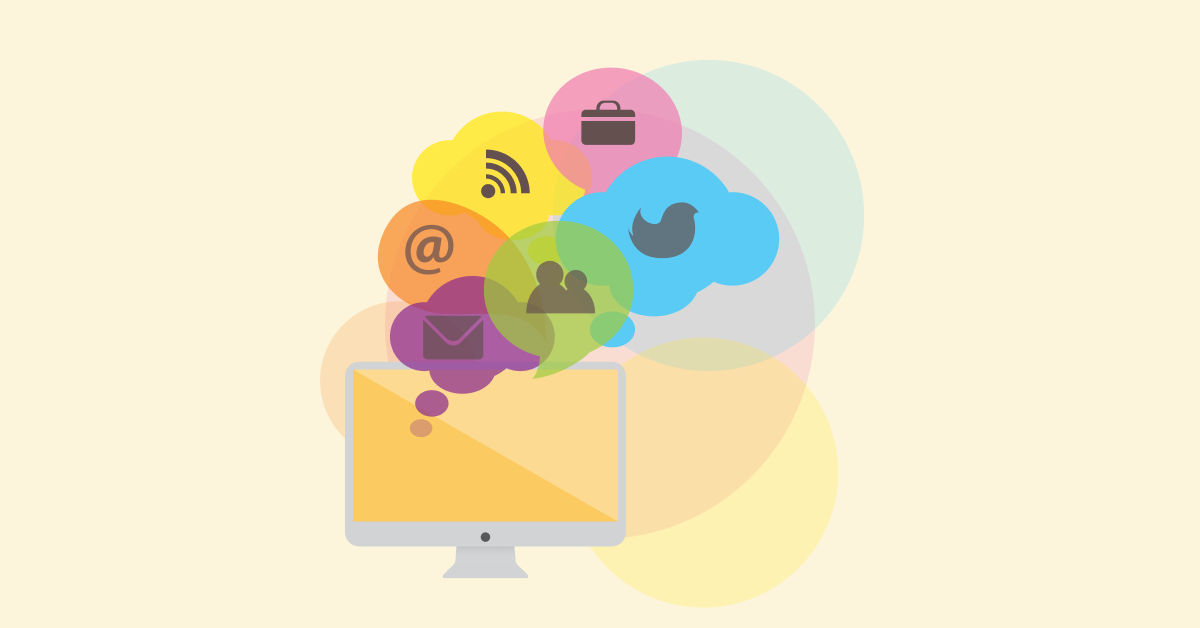1. Remove Silos
Silos can create inefficiencies and inconsistencies in the customer experience, leading to frustration. Unifying the approach to support allows businesses to ensure that customers receive a consistent and seamless experience. They always receive a consistent experience no matter which channel they choose to interact with the brand.
Removing silos and unifying the approach to support can help streamline communication among different support teams. If a customer reaches out via social media with an issue that requires technical assistance. A unified approach allows the social media team to seamlessly escalate the issue to the technical support team without any delays or miscommunication.
Pro tips:
- Implement a centralized support ticketing system that integrates all support channels.
- Encourage cross-training among support teams to ensure all team members are equipped to handle inquiries from various channels.
2. Integrate Support with your Product
When building a multichannel customer service strategy, integrating support with the product is crucial for providing a seamless and efficient experience for the customers. The tip involves embedding support functionalities directly within the product. It allows customers to easily access assistance without having to navigate away from the platform.
Integrating support with the product helps to build a multichannel customer support strategy by increasing accessibility and convenience for customers. Let’s take an example of a software company that can integrate a help center directly into their application, providing users with instant access to FAQs. It not only improves the overall user experience but also reduces the workload on customer support teams.
Pro tips:
- Embed self-service resources such as knowledge bases or FAQs within the product.
- Utilize chatbots or virtual assistants to provide automated support within the product interface.
3. Go to Where your Customers are At
Businesses must embed support functionalities directly within the product, allowing customers to easily access assistance without having to navigate away from the platform. Integrating support with the product helps to build a multichannel customer support strategy by increasing accessibility and convenience for customers.
Customers can quickly find solutions to their issues without contacting support separately through other channels with support readily available within the product. A software company can integrate a help center directly into their application, providing users with instant access to FAQs, tutorials and troubleshooting guides. It not only improves the overall user experience but also reduces the workload on customer support teams.
Pro tips:
- Create in-product chat support for real-time assistance
- Embed self-service resources such as knowledge bases or FAQs within the product.
4. Get Smart and Pre-Empt Support Before it’s Needed
Businesses must emphasize the importance of being proactive and anticipating customer needs before they even arise for building a multichannel customer support strategy. Getting smart and pre-empting support before it’s needed allows businesses to enhance the overall customer experience. It allows businesses to stay one step ahead of customer issues, reducing the likelihood of customer frustration and increasing overall satisfaction.
Anticipating customer needs also shows a level of attentiveness and care that can set a company apart from its competitors. Let’s take an example of a company that could utilize data analytics to predict when a customer may encounter a problem or need assistance with their solutions.
Pro tips:
- Regularly analyzing customer data to identify trends.
- Training customer support agents to anticipate customer needs based on past interactions.
5. Use Support to Drive Helpful Content
When it comes to building a multichannel customer support strategy, using support to drive helpful content can be a game-changer. It helps in multichannel customer service implementation by ensuring that customers have access to a wide range of resources across various platforms. Having helpful content readily available can improve customer satisfaction and reduce the burden on the support team.
A use case that can be taken here can be of a software company that creates user guides, FAQ articles and video tutorials to assist customers in troubleshooting common problems. Providing comprehensive support materials allows them to empower customers to find solutions independently, freeing up support agents to handle more complex issues.
Pro tips:
- Make the content easily accessible across all channels to reach a wider audience.
- Use customer inquiries and feedback to identify areas where new content can address common issues or questions.
6. Timing is Everything
Timing is everything, being known for quick responses emphasizes the importance of responding promptly to customer inquiries across all channels. Providing quick responses allows businesses to ensure a positive customer experience and build trust with their customers.
Let’s take an example of a customer who reaches out with a question or concern on social media. When businesses respond promptly, it shows that they value their feedback and are committed to resolving their issue on time. It can result in a satisfied customer who is more likely to recommend the business to others.
Pro tips:
- Assigning specific team members to monitor each channel.
- Utilizing chatbots or automated responses to acknowledge customer inquiries before a human agent takes over.
7. Organize Support Requests for the Best Outcomes
Organizing support requests for the best outcomes for customers is an essential component of building a successful multichannel customer support strategy. Organizing support requests allows customer service teams to effectively prioritize and address incoming inquiries. They can come in from various channels such as phone, email, chat or social media.
Let’s take an example of a retail company that receives a high volume of support requests during a holiday sale. They can use the approach to categorize and prioritize requests based on urgency. It will ensure that customers with pressing issues are attended to promptly.
Pro tips:
- Implementing a ticketing system to track and manage inquiries.
- Training customer service reps to efficiently handle and prioritize requests.
Multichannel vs. Omnichannel Customer Service
Below are the key differences between multichannel and omnichannel customer service to understand which one aligns with your business goals.
